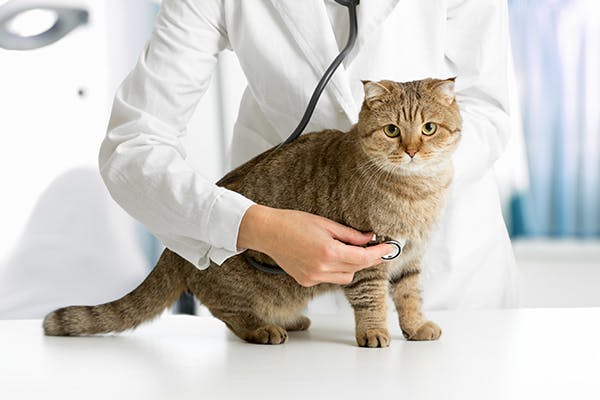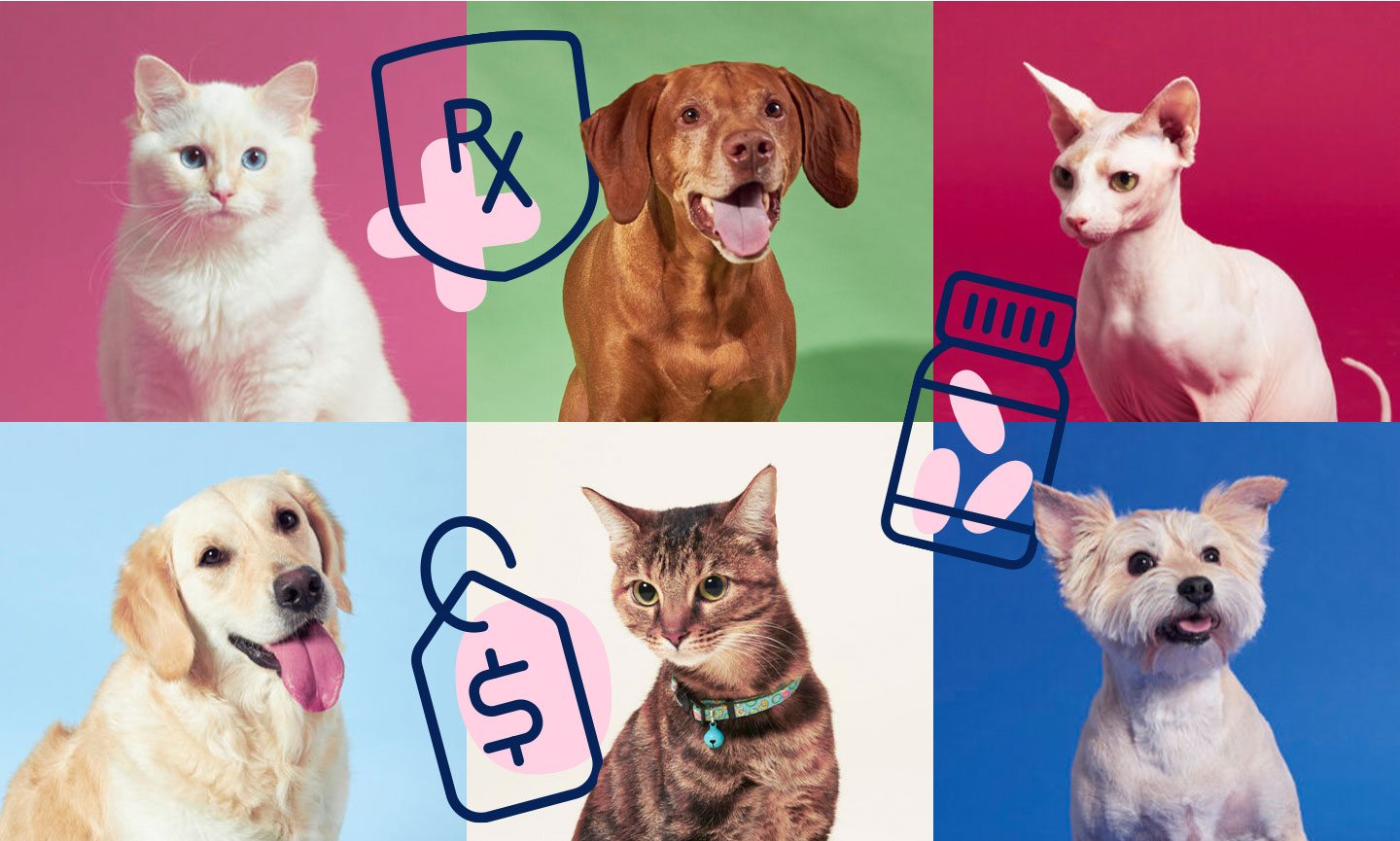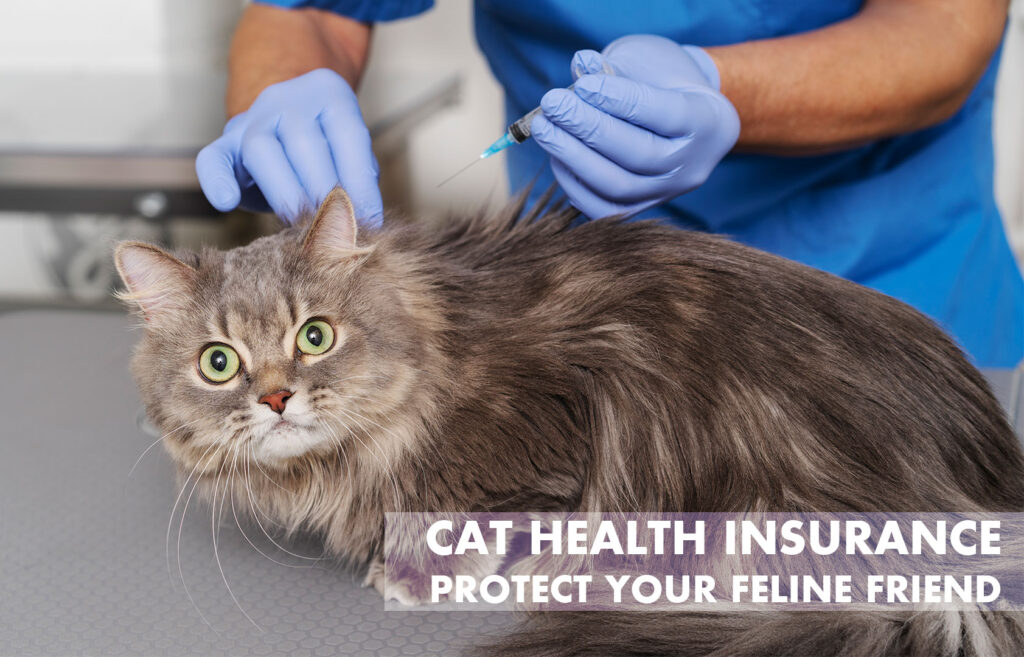Cat health insurance helps cover veterinary costs, ensuring your cat receives necessary medical care without financial strain. It offers peace of mind for pet owners.
Cat health insurance provides financial protection for unexpected medical expenses. As veterinary costs continue to rise, having insurance can alleviate the burden on pet owners. Policies typically cover accidents, illnesses, and sometimes routine care. It’s important to research and compare different plans to find the best fit for your cat’s needs.
Investing in cat health insurance ensures that you can afford to give your feline friend the best possible care, keeping them healthy and happy. Consider your cat’s age, breed, and existing health conditions when selecting a policy to ensure comprehensive coverage.
The Rise Of Pet Healthcare
Pet healthcare has seen a significant transformation recently. Cats and other pets now receive advanced medical treatments. Pet owners are increasingly concerned about their pets’ well-being. This shift has led to a noticeable rise in pet healthcare services.
Increasing Veterinary Costs
Veterinary costs have been rising steadily. More advanced treatments and diagnostics are now available for cats. These treatments often come with high price tags. Routine check-ups also have become more expensive. As a result, many pet owners feel the financial strain.
Here are some common veterinary costs:
| Treatment | Cost (USD) |
|---|---|
| Routine Check-up | $50 – $100 |
| Vaccinations | $20 – $50 |
| Emergency Care | $500 – $2000 |
| Surgery | $1000 – $3000 |
Trends In Pet Insurance Adoption
More pet owners are now opting for pet insurance. This trend helps manage high veterinary costs. Pet insurance plans cover various treatments and emergencies. This coverage provides financial relief and peace of mind.
Here are some benefits of pet insurance:
- Covers routine care
- Includes emergency treatments
- Financial protection against unexpected costs
- Helps ensure pets receive necessary care
Pet insurance adoption is on the rise for these reasons. More companies are offering customized plans for cats. This makes it easier for pet owners to find suitable coverage.

Credit: www.aspcapetinsurance.com
Why Insure Your Cat?
Insuring your cat ensures peace of mind. Cats face many health risks. Insurance can help cover unexpected costs. This means you can focus on their care.
Unpredictable Health Issues
Cats can get sick or injured at any time. Health problems are often sudden. They can be costly and stressful. Insurance helps cover these unexpected bills.
Common issues include:
- Accidents
- Infections
- Chronic conditions
These problems require immediate attention. Without insurance, costs can add up quickly.
Financial Security For Pet Owners
Vet bills can be very high. A single visit can cost hundreds. Surgery and treatments are even more expensive. Insurance helps manage these costs. This ensures you are not financially strained.
Benefits of cat health insurance:
| Benefit | Description |
|---|---|
| Cost Coverage | Reduces out-of-pocket expenses |
| Peace of Mind | Less worry about vet bills |
| Quality Care | Access to better treatment options |
Insurance makes it easier to handle large bills. This means you can provide the best care for your cat.
Types Of Cat Health Insurance Plans
Understanding the Types of Cat Health Insurance Plans is crucial for every cat owner. Different plans offer different levels of coverage and benefits. Knowing these types can help you choose the best plan for your furry friend.
Accident-only Policies
Accident-only policies cover expenses related to accidents. These plans are usually more affordable. They can cover injuries from falls, car accidents, or fights with other animals.
- Low monthly premiums
- Covers unexpected accidents
- No coverage for illnesses
Accident-only policies are great if you want basic protection. They are not suitable for covering medical illnesses. These policies are ideal for younger, healthy cats.
Comprehensive Coverage Options
Comprehensive coverage plans provide extensive protection. They cover both accidents and illnesses. These plans often include preventive care and wellness checks.
| Feature | Details |
|---|---|
| Accidents | Covers injuries from accidents |
| Illnesses | Covers various medical conditions |
| Preventive Care | Includes vaccinations, flea control, and wellness exams |
| Higher Premiums | More expensive than accident-only policies |
Comprehensive plans are suitable for older cats or cats with health issues. These plans offer peace of mind and cover a wide range of medical needs.
What To Look For In A Policy
Choosing the right cat health insurance policy is crucial. It ensures your furry friend gets the best care. Different policies offer various benefits and limitations. It’s important to understand what each policy covers and excludes.
Coverage Scope
The coverage scope is the range of medical expenses the policy covers. Ensure the policy covers routine check-ups, vaccinations, and dental care. Some policies also cover surgeries and emergency treatments. Always read the fine print to know what is included.
| Coverage Type | Details |
|---|---|
| Routine Check-ups | Annual exams, vaccinations, and preventive care. |
| Dental Care | Teeth cleaning and dental procedures. |
| Emergency Treatments | Accidents and sudden illnesses. |
| Surgeries | Necessary surgical procedures. |
Exclusions And Limitations
Every policy has exclusions and limitations. Understand what the policy does not cover. Common exclusions include pre-existing conditions and certain breeds. Some policies limit the coverage for specific treatments or illnesses. Check if there are age limits for coverage. Knowing these details helps you avoid surprises later.
- Pre-existing conditions
- Specific breeds
- Age limitations
- Specific treatments or illnesses
The Cost Of Cat Insurance
Cat health insurance can save you from high vet bills. It is important to know the costs involved. Understanding premiums and deductibles helps choose the right plan.
Premiums And Deductibles
Premiums are the monthly fees you pay for insurance. They vary based on your cat’s age, breed, and health. Deductibles are the amount you pay before insurance kicks in. Lower deductibles mean higher premiums.
Here’s a table to help understand the costs:
| Factor | Low-Cost Plan | High-Cost Plan |
|---|---|---|
| Monthly Premium | $10 | $50 |
| Annual Deductible | $100 | $500 |
Calculating The Value Of A Plan
Consider your cat’s health needs. Compare different plans. Look at coverage for accidents, illnesses, and routine care. Use an insurance calculator to compare costs. Make sure the plan fits your budget and your cat’s needs.
Here are steps to calculate the plan value:
- List your cat’s health issues.
- Check what each plan covers.
- Calculate your total annual cost.
- Compare the benefits of each plan.
An ideal plan balances cost and coverage. It should give peace of mind and protect your wallet.

Credit: weareallaboutcats.com
How To Choose The Right Insurer
Choosing the right insurer for your cat health insurance is crucial. You need to ensure that your cat gets the best care possible. Here are key factors to consider:
Reputation And Reliability
Check the reputation of the insurer. Look for reviews from other pet owners. A reliable company will have positive feedback and a good track record.
Research the company’s history and its financial stability. A company with a strong background is more likely to provide consistent service.
Ask your vet for recommendations. Vets often know which insurers are trusted by pet owners.
Customer Service And Support
Good customer service is essential. You want an insurer that responds quickly to your queries.
- Look for 24/7 customer support. This ensures you can get help anytime.
- Check if they offer multiple contact methods. Phone, email, and chat support are good options.
- Read reviews about their customer service. This gives you an idea of their reliability.
Ensure the insurer provides clear and detailed information. This helps you understand what is covered and what is not.
Policy Coverage
Examine the coverage options provided by the insurer. Ensure it covers all your cat’s needs.
| Coverage Type | Description |
|---|---|
| Accidents | Covers injuries from accidents. |
| Illnesses | Covers treatments for diseases. |
| Preventive Care | Includes vaccinations and check-ups. |
Look for exclusions in the policy. Know what is not covered to avoid surprises.
Costs And Premiums
Compare the costs and premiums of different insurers. Ensure they fit within your budget.
- Check for any hidden fees.
- Understand the deductible and co-pay amounts.
- Look for discounts or special offers.
Choose an insurer that offers value for money. Balance the cost with the coverage provided.
The Claims Process
Understanding the claims process for cat health insurance is vital. This ensures a smooth experience during stressful times. Knowing each step helps you get reimbursed quickly. Let’s break down the key stages.
Submitting A Claim
Submitting a claim is straightforward. Start by filling out the claim form. Most insurance providers have these online. Ensure you have all necessary documents. These include vet bills and medical records. Double-check the information for accuracy.
Next, upload the documents through the insurer’s portal. Some may allow email or fax submissions. Always keep copies of everything you send. This helps in case of disputes.
Reimbursement Expectations
Reimbursement times vary by provider. Typically, you may wait 7 to 14 days. Check your policy for specific timelines. Some insurers offer direct deposit. This speeds up the reimbursement process.
Understand your policy’s coverage limits. Not all treatments may be covered. Review the policy terms to avoid surprises. Your reimbursement amount depends on your deductible and co-pay.
| Step | Action |
|---|---|
| 1 | Fill out the claim form |
| 2 | Gather necessary documents |
| 3 | Submit through the portal or via email/fax |
| 4 | Keep copies of all submissions |
Remember, understanding the claims process helps reduce stress. It ensures your cat gets the care they need without financial strain.

Credit: be.chewy.com
Real-life Stories
Cat health insurance can make a big difference. Real-life stories show its importance. We will share success cases and lessons learned from claims.
Success Cases
Many cat owners have saved their pets’ lives thanks to insurance. These success stories highlight the value of cat health insurance.
- Whiskers’ Surgery: Whiskers had a sudden accident. He needed urgent surgery. His insurance covered the costs. Whiskers is now healthy and happy.
- Fluffy’s Chronic Condition: Fluffy was diagnosed with diabetes. The treatment was expensive. Insurance helped cover the ongoing costs. Fluffy’s condition is now managed well.
- Mittens’ Allergy Treatment: Mittens developed severe allergies. The treatments were costly. Insurance made it affordable. Mittens now lives comfortably without symptoms.
Lessons Learned From Claims
Understanding claims can help cat owners make better decisions. Here are lessons learned from real claims.
- Early Enrollment: Enroll your cat early. Older cats may face higher premiums.
- Read the Fine Print: Check policy details carefully. Know what is covered and what is not.
- Keep Records: Save all vet bills and medical records. They make the claims process smoother.
These lessons help you get the most from cat health insurance. Real-life stories show the benefits and importance of having coverage.
Future Of Feline Insurance
Cat health insurance is evolving rapidly. The future promises exciting changes. Let’s explore what’s on the horizon for feline insurance.
Technological Advancements
Technology is transforming how we insure our cats. Wearable devices now track your cat’s health in real-time. These gadgets monitor activity, heart rate, and sleep patterns. Vets can access this data for better diagnosis and treatment. Artificial Intelligence (AI) is another game-changer. AI helps in predicting health issues before they become serious. This means fewer emergency visits to the vet.
Telemedicine is becoming popular too. You can consult vets via video calls. This saves time and reduces stress for your cat. All these advancements make feline insurance smarter and more efficient.
Predictions For Policy Evolution
The future will bring new types of insurance policies. Policies may include coverage for genetic testing. This helps identify potential health risks early. Customized plans will become common. You can tailor the policy to your cat’s specific needs.
Policy costs might become more flexible. Pay-as-you-go models could emerge. This allows you to pay only for what you need. Multi-pet discounts may also become standard. This makes it easier to insure multiple cats in one household.
| Feature | Current | Future |
|---|---|---|
| Health Monitoring | Manual Checkups | Wearable Devices |
| Diagnosis | Traditional Methods | AI-Assisted |
| Consultations | In-person Visits | Telemedicine |
| Policy Options | Standard Plans | Customized Plans |
- Wearable devices track health in real-time.
- AI helps predict health issues.
- Telemedicine offers virtual vet consultations.
- Genetic testing may become a policy feature.
- Customized plans for individual needs.
- Flexible costs with pay-as-you-go models.
- Multi-pet discounts for households with many cats.
The future of feline insurance looks bright. Technological advancements and policy evolution will provide better care for our beloved cats.
Frequently Asked Questions
Is It Worth Getting Pet Insurance For An Indoor Cat?
Yes, getting pet insurance for an indoor cat is worth it. It covers unexpected illnesses and accidents, providing peace of mind.
What Kind Of Insurance Do I Need For My Cat?
You need pet insurance for your cat. It covers accidents, illnesses, and routine care. Choose a policy that fits your budget and cat’s needs.
At What Age Should You Get Cat Insurance?
Get cat insurance when your cat is 8 weeks old. Early coverage ensures better protection and fewer exclusions.
What Does My Cat Insurance Cover?
Cat insurance typically covers accidents, illnesses, surgeries, medications, and emergency care. Some plans also include wellness visits, vaccinations, and dental care. Coverage varies by provider and plan. Always review your policy details.
What Is Cat Health Insurance?
Cat health insurance helps cover veterinary costs for your cat’s medical needs. It provides financial relief for unexpected expenses.
Why Do Cats Need Health Insurance?
Cats need health insurance to ensure they receive timely medical care without financial strain. It covers accidents, illnesses, and emergencies.
How Does Cat Insurance Work?
Cat insurance works by reimbursing a portion of your vet bills. You pay a monthly premium and submit claims for covered expenses.
What Does Cat Insurance Cover?
Cat insurance typically covers accidents, illnesses, surgeries, medications, and sometimes preventive care like vaccinations and check-ups.
Conclusion
Investing in cat health insurance can save you stress and money. It ensures your feline friend receives the best care. Protect your pet’s health and your finances with a reliable policy. Research and choose a plan that fits your budget and needs. Your cat’s well-being deserves the best.







